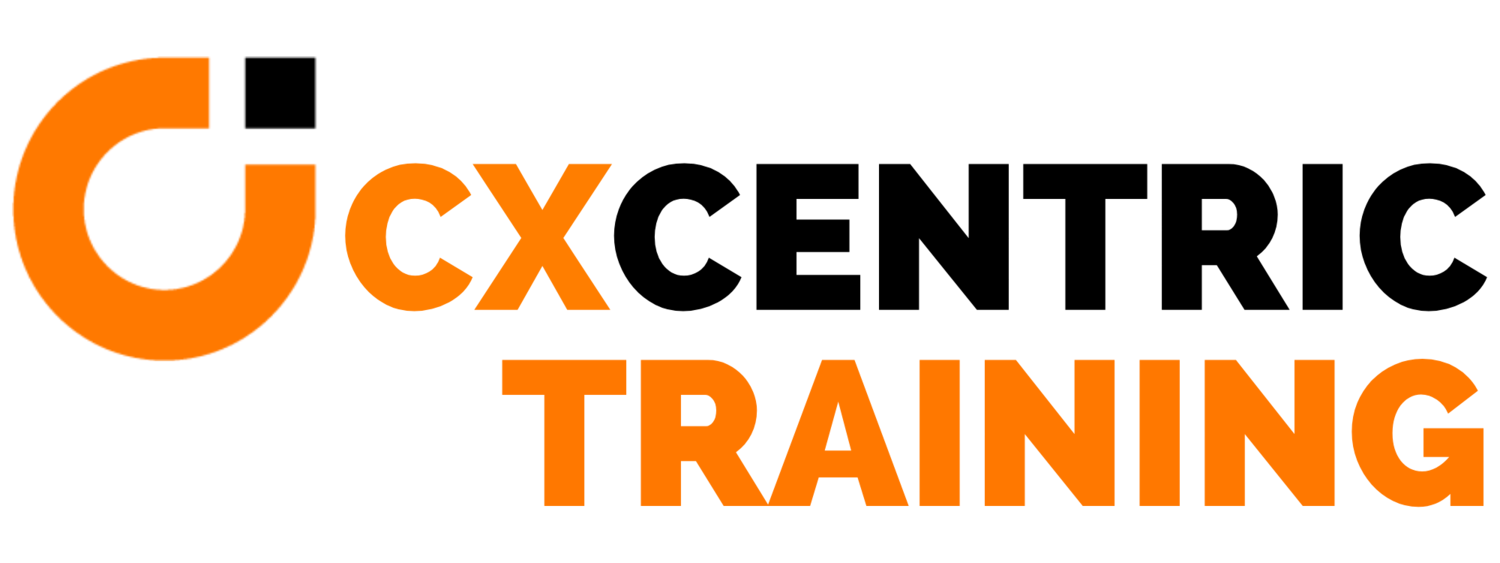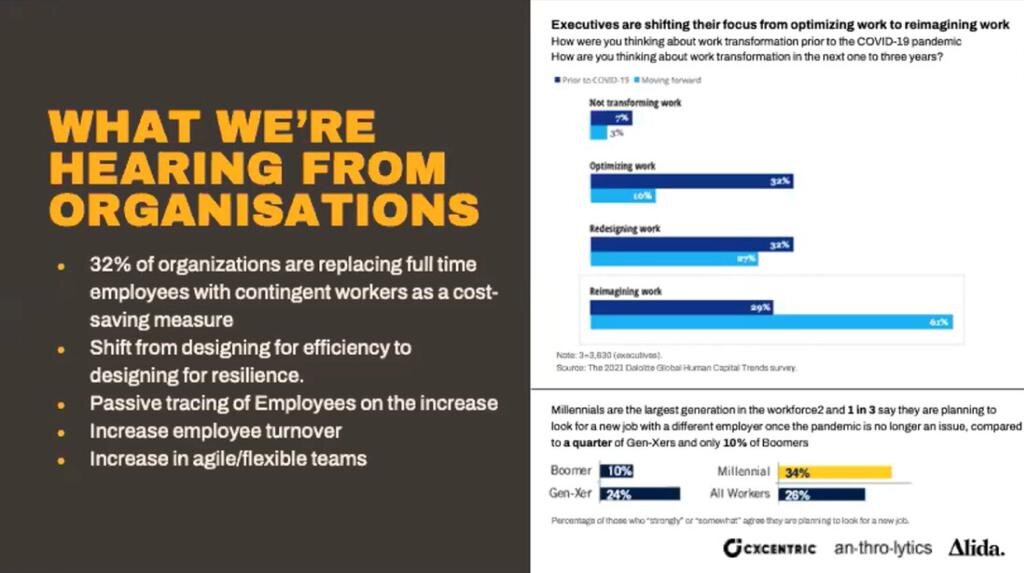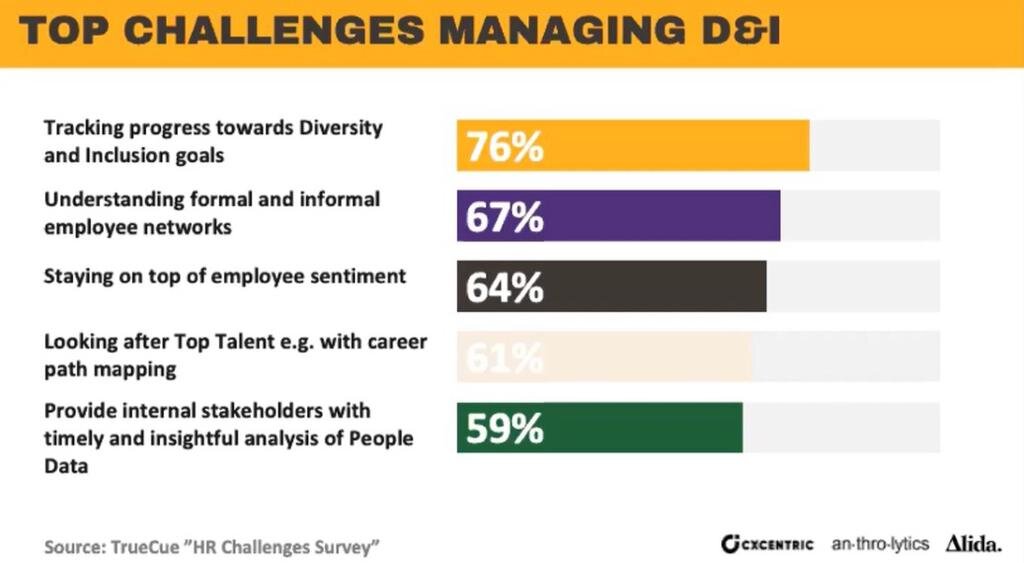Rethinking Employee Experience in the New World of Work.
On the 29th of June CX-Centric in collaboration with Alida and Anthrolytics hosted a very poignant event which was on Rethinking Employee Experience in the new World of Work. In this event, we had a pull of great think tanks who are very much devoted to Employee Experience. Our panel consisted of Jonathan Daniels(Customer Experience Coach, CX-Centric), Peter Dorrington (Chief Strategy Officer, Anthrolytics), and Alex Crossley (Sr Director Strategic Accounts, Alida). The event was very interactive with attendees from different continents hence making the event a great platform for networking.
General Introduction to Employee Experience(EX):
For the past many years, Customer Experience has been the most dominant factor behind many business strategies that bring about product and service development, marketing, and the general business culture. However recently, organizations have also taken bigger strides towards incorporating Employee Experience in their day-to-day business activities. EX basically relates to everything the employees of an organization experience thus every interaction from the very first interview to the time they get to leave the organization. It should be noted that EX goes way beyond the provision of employees with a great place of work. It fosters for organizations to offer their employees a new level of support in their career and personal wellbeing, flexibility, and providing opportunities.
OUR PANELISTS
Jonathan Daniels
Jonathan is the founder and CEO of CX-Centric. He is a CCXP qualified via the CXPA. He specializes in helping organizations become Customer-Centric and allowing them to deliver better experiences to their customers. So this is about organizational transformation and governance. He has been in consulting for over a decade earning him a lot of practical experience in these areas. Some of the companies he has consulted at, include Lloyds Banking Group, Nissan, ING Bank, Sodexo, National Grid, and Network Rail. He also runs CX Brussels (www.cx-brussels.be) not-for-profit supporting CX professionals in and around Belgium. Jonathan is also the author of one of the best books in CX which is the Customer Experience Playbook. His presentation amongst others included the following: Elaborating on the echo chamber effect, Defining organization, and customer-centricity.
Peter Dorrington
Peter is the Chief Strategy Officer for Anthrolytics. His work involves combining data science with behavioral styles to get a better understanding of why people do what they do, what they're going to do next, and what an organization should do with those insights to do that. He invented a new class of analytics called predictive behavioral analytics, which looks at all of the factors behind human motivation and behavior.
Aleksandra Crosley
Aleksandra is the Senior Director of Strategic Accounts for the EMEA region. So for those of you that don't know what a leader is or, or what we do, um, we're a software business. At Alida, she provides a customer experience management and insight platform. And what that means is at Alida they basically have an end to end suite of software products that allow brands to both measure the customer experience with broad feedback, but also to get really, really deep insights into the watch what is that is driving the observations within the customer experience, and then be able to co-create solutions.
UNPACKAGING THE EVENT
The event was generally tackled 4 key areas concerning EX which our panelists managed to share incisively on all those areas. These areas included:
Linking EX TO CX
Managing Employee wellbeing
Motivating Employees
Diversity and Inclusion
Jonathan started off his presentation by clearly putting a distinction between Employee Experience and Employee Engagement by incisively defining the 2 popular terms in the workplace. He defines EX as the worker’s perceptions about his or her journey through all the touchpoints at a particular company, starting with job candidacy through to the exit from the company. He then further goes on to define Employee Engagement as to how positively an employee is occupied or with or committed to the job. He says that EE is more specifically associated with productivity.
Some of the challenges from the Employees’ perspective were also touched on based on some research. These challenges include:
Collaborating and communicating with colleagues
Learning on the job
Sharing best practices
Loneliness and Isolation
Not being able to unplug
Also from research, Jonathan went through some of the current key changes that organizations are experiencing. These changes include:
32% of organizations are replacing full-time employees with contingent workers as a cost-saving measure
A shift from designing for efficiency to designing for resilience
Passive tracking of Employees on the increase
Increase employee turnover
Increase in agile/flexible teams
LINKING EX TO CX
In linking EX to CX, Peter shared politely on this aspect. He used a value chain to map the link between the two subjects. With the customers becoming more demanding nowadays, this calls for organizations to treat them not only with competence( that is you're good at your job because they just expect that) but to be treated as human beings and not a case number. In order to be able to do that, what Peter calls delivering competence with compassion, an employee has to be ready, willing, and able which is all related to Employee Experience.
Peter goes on to explain what he means by saying the employee has to be ready, willing, and able. Ready is to mean that employees are available and have the confidence to act on behalf of the organization and with the customer in mind, and they have to be willing, which means they've got to have the right mindset and attitudes, and then be able in that they have been adequately trained and have the rights to systems.
Peter further mentions that a failure in any one of those three which are Employee Experience related results in poor Customer Experience, which is regrettable. This, in a nutshell, shows the strong link between EX and CX thus the way that the organization treats its employees and the tools it gives them impacts the customer experience and that impacts the bottom line and the value link.
Peter went on to talk about the talent war at the moment and the balance of power that's shifted. He says this is something that was already starting but accelerated last year. So in the past, it felt to most employees that the employer held all the power, thus the employers were the ones dictating the terms and the benefits and pay where, and when employees worked. But last year, that power was taken away from them. As governments got involved and started to do lockdowns. And so employers had to deal with things they've been putting off for a while. Like how we work remotely, the paperless office, digital channels, and all those good things in the end, what they did was for most employers, they figured out how to make remote working a reality.
With remote working employees, that means employers can employ people from anywhere. So their talent pool geographically has suddenly become much larger. They can now fish in a global pool rather than just in their local patch because they don't need people who have to be within commuting distance of the office.
That has seemed to be great for the employers, but what it also means for many employees is that they also realized that, if they can hire from anywhere. I can work anywhere. And so they recognize that now they don't have to worry about commute distance or moving; they could look for employers in other locations hence the power shift.
Alexksandra took over to talk about some of the challenges concerning the traditional voice of employees. These challenges include:
Employees don't engage
Employee feedback isn’t actionable
Too many employee communication channels
Difficulty in closing the feedback loop
Existing technology is complex
From the above challenges, Alexksandra provided some solutions to these challenges. These solutions include:
Engage employees with short, fun activities
Inform organizational and HR decisions with real-time results
Listen and provide help to employees during crises
Improve employee attrition and absenteeism
MANAGING EMPLOYEE WELLBEING/MOTIVATING EMPLOYEES
Alexksandra painted a clear picture of what making employee well-being really entails taking from what they have done at Alida. They have their own employee insight community, which has been used to take care of the wellbeing of employees. After running a series of surveys combined with some in-depth focus groups to really understand what well-being meant to employees at this strange time, as organizations are going through all of these changes, Alida’s HR team then came up with a number of strategies to address these needs. So this resulted in a number of initiatives launched for employee well-being, for example, company-wide wellbeing days, remote social events, large investment in external training on how people could better look after themselves.
Add to that, during this time, employees working remotely and them avoiding burnout and things like that, that's one of the fun things like stretching and movement sessions for their well-being and then the business can invest the right amount of money into the right things to drive them.
DIVERSITY AND INCLUSION
Diversity and Inclusion are a big factor in motivating some sectors of our employee base, mentions Peter. Diversity and Inclusion can be done in a number of ways in an organization. These include:
Involving employees in meetings
Involving employees in projects
More effective communication structure
Progression of career









